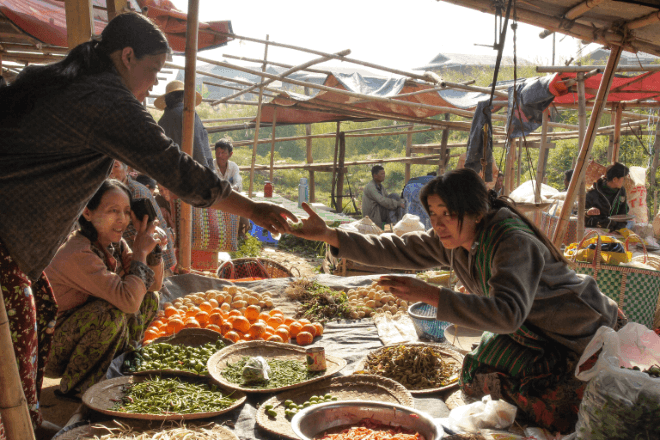
Ten years to go before the 2030 deadline to meet the Sustainable Development Goals (SDG), the coronavirus disease (COVID-19) has put the world even more off track to meet the goals and monitor progress, according to the Food and Agriculture Organization (FAO).
“Due to COVID-19, an unprecedented health, economic and social crisis is threatening lives and livelihoods, making the achievement of these targets even more challenging,” said a new FAO report, "Tracking Progress on Food and Agriculture-Related SDG Indicators 2020."
According to the latest data contained in the report, collected before the COVID-19 pandemic, progress remains insufficient in the food and agriculture domain, suggesting that the world is not on track to meet the relevant targets by 2030.
Ending hunger
The number of people affected by hunger globally has been slowly on the rise since 2014, said the report. Current estimates show that nearly 690 million people are hungry, or 8.9% of the world population, up by 10 million people in one year and by nearly 60 million in 5 years.
There are nearly 60 million more undernourished people now than in 2014, when the prevalence was 8.6%, and 10 million people more than in 2018.
Food security
Food insecurity also remains a challenge. The report said an estimated 2 billion people in the world did not have regular access to safe, nutritious and sufficient food in 2019, putting them at greater risk of various forms of malnutrition and poor health.
The prevalence of both moderate and severe levels of food insecurity worldwide is estimated to be 25.9% in 2019.
Gender equality
According to the report, COVID-19 has adversely affected gender equality initiatives. “The full vision of full gender equality remains unfulfilled and has probably taken a turn for the worse during the COVID-19 pandemic. The crisis has contributed to a surge in reports of violence against women and girls. They are also on the front lines in fighting the coronavirus, since women account for nearly 70% of health and social workers globally.”
Gender inequalities in land rights are pervasive: in 9 out of 10 countries assessed, relatively fewer women than men have ownership and/or control rights over agricultural land.
Other highlights
- While water stress remains at a safe 17% at global level, regions such as Central and Southern Asia and Northern Africa register very high water stress levels, at over 70%.
- While it is not possible to estimate the percentage of food waste at the retail and consumption stage yet, the percentage of food lost after harvest on farm and at the transport, storage and processing stages stands at 13.8% globally, amounting to over $400 billion a year.
- Most countries have made good overall progress in implementing international instruments to combat illegal fishing and support small-scale fisheries. However, the proportion of fish stocks within biologically sustainable levels has continued to decrease, dropping from 90% in 1974 to 65.8% in 2017, 1.1 percentage points lower than in 2015.
- The world’s forest area continues to decrease, though at a slightly slower rate than during the previous decades. The proportion of forest area fell from 31.9% of the total land area in 2000 to 31.2% in 2020—a net loss of almost 100 million hectares of the world’s forests.
- The report noted some progress towards sustainable forest management. Above-ground forest biomass per hectare, the proportion of forest area in protected areas and under long-term management plans, and certified forest area increased or remained stable at the global level and in most of the regions of the world.

